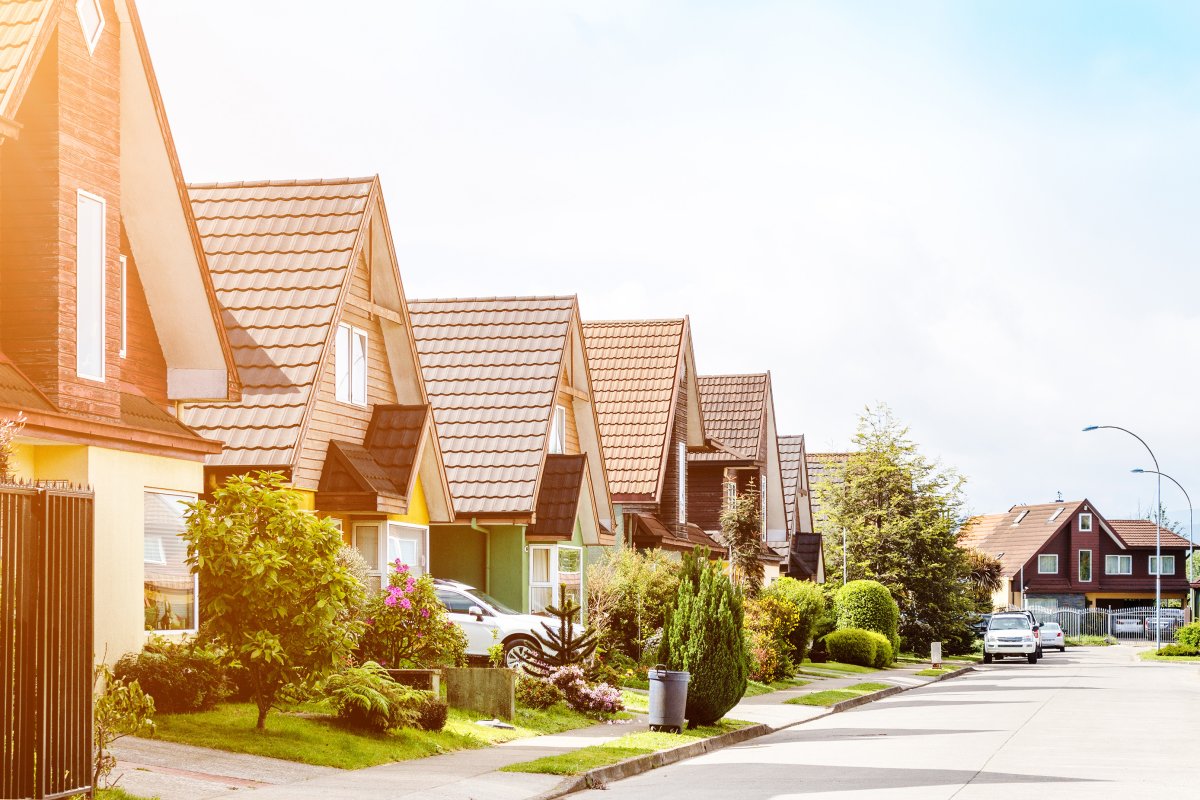
The dilemma affecting first-time homebuyers in today’s housing market is twofold; a shortage in single-family inventory and higher cost-to-entry. These barriers continue to be the leading propellant for unwavering success among suburban multifamily, specifically in the Lone Star State. Unfortunately (or fortunately, depending on which side of the table you’re on), feeling the brunt of this dilemma is the nation’s largest generation of (wannabe) first-time home buyers. Millennials. Ranging from ages 27 to 39 years old, millennials are flocking to the suburbs in anticipation of partaking in the traditional rite-of-passage of becoming homeowners.
To succeed in their quest this generation must overcome two primary obstacles:
- Adulting is Expensive
According to an early 2020 survey conducted by ApartmentList.com the greatest financial obstacle to homeownership for millennials is saving up for a down payment. Unsurprisingly, the study indicated that more millennials are renting because they have to and not because they want to. Nearly half of current renters who are pursuing homeownership have yet to begin saving for a down payment, and of that half, only 13% have more than $10,000 saved. This generation is struggling to accumulate the necessary down payment not only due to increased housing costs, they’re encumbered with other expenses, notably student-loan debt. Among those surveyed, homeownership continues to be viewed as a financially superior choice when compared with renting. For the current renters who plan to own a home, the overwhelming majority are waiting because they simply cannot afford to buy. - “Where are all the homes?”
Let’s say a lucky (or hard-working) millennial has overcome obstacle #1 and has managed to accumulate the $15-$20K needed for a down payment. They contact their real-estate agent or (more than likely) log on to Zillow to browse the selection of homes in their (and many other) desired areas. This process usually ends with frustration, thanks to the lack of results within their search parameters. The fact is we are in uncharted territory with record-low supply in the Single-Family space. An article published in September 2020 by Texas A&M’s Real Estate Center stated, “decreases in the supply of active listings and record sales pulled Texas’ months of inventory (MOI) down to an all-time low of 2.6 months.” Even more applicable for this generation, the study suggests that inventory for homes priced under $300,000 is even more constrained, sliding to under 2.1 months of available supply. On a micro level, the MOI is historically low in Texas’ most populous suburban-metro areas of Houston, San Antonio, Austin, and D/FW.
What does this mean for Multifamily?
Single-family home prices are high, and inventory is low. As a result, first-time homebuyers are forced to sign or renew their lease for yet another year, thus creating more demand and stability for the multifamily market. This lower tenant turnover leads to higher occupancy, causing a domino effect. This ultimately allows investors to increase monthly rent for their “in-demand” suburban multifamily properties, creating more favorable returns and long-term stability within the asset class. The secret is out, and the data has spoken ─ based on current and historical performance plus the overall returns, for multifamily investors, the ‘burbs are the place to be. Now if we can just keep those dang multifamily developers from ruining the party.